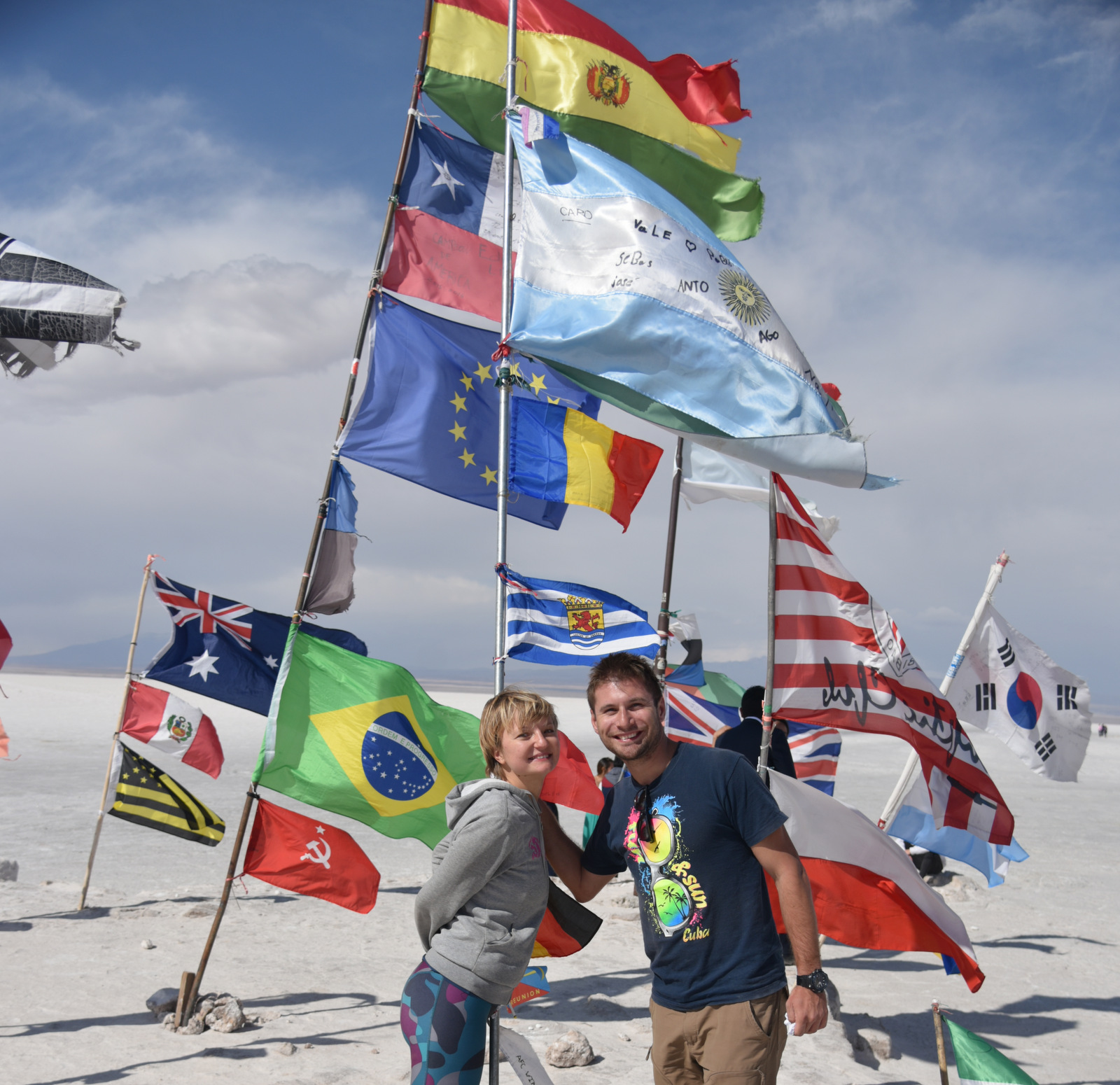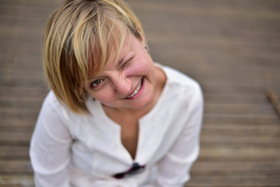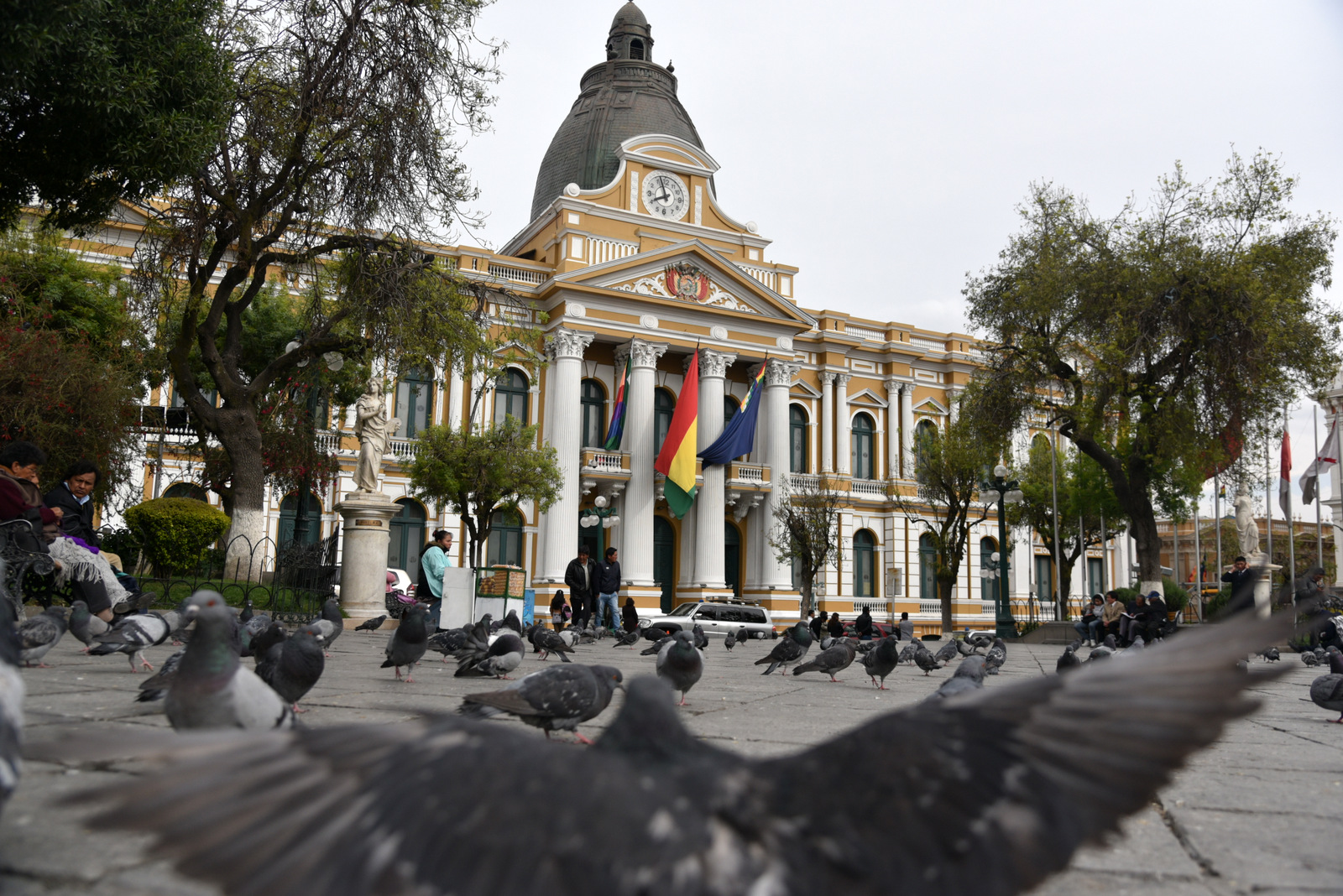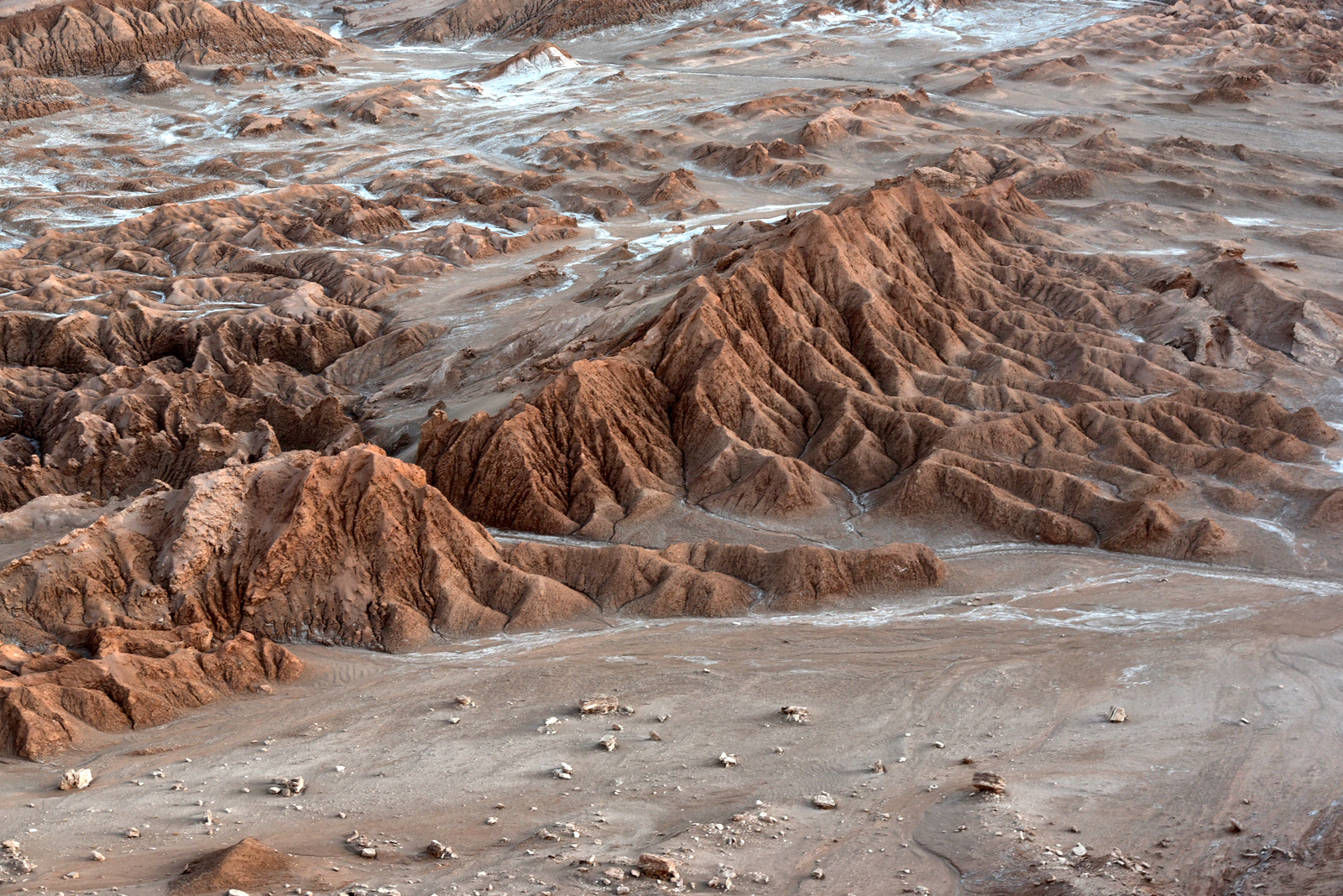First Romanian flag in Salar de Uyuni
Can you imagine being surrounded by a white plain and seeing nothing else but the white ground and the blue sky meeting each other on the horizon? It’s the magnificent feeling that the Uyuni Salt flat offers!
Salar de Uyuni is the world’s largest salt flat, comprising over 10 000 square kilometers that thousands of years ago were covered by a sea. It’s impressive!
We crossed it in a 4WD up to the border with Chile. It took us 3 days and it was a unique experience that carried us through deserts, mountains, high planes and landscapes that seemed from another planet.
We started with the Train Graveyard at the entrance in the Salar, a place with a lot of wrecked old steam locomotives. We continued with Colchani, a small village that lives out of the salt processing; we reached the salt-mining area just afterwards – an area where salt is dug from the plain into piles and left to dry in the sun. We licked some and it was quite …salty. The next stop was Isla Incahuasi, an island of fossilized corals covered with very old cactuses in the middle of the Salar. These cactuses (some of 9-10 m height) grow at a rate of 1 cm per year…they’re old…thousands of years old. We had lunch not far from the island, in a place where flags from many countries were proudly hang…Romania was missing!!! We couldn’t stand it so we decided to leave a statement of The Zeb and The Bear presence: we took out the only small flag we’ve been carrying in our backpacks from January and hang it in the middle of the others – yes, Romania was in Salar!!! After taking many photos and admiring an incredible sunset we spent the night in a salt hotel. Everything was made of salt: building, tables, beds…great experience!
But before going to sleep we had the chance to admire the night sky from the desert and it left us speechless.
The second day we headed south past colorful lakes and lagoons at high altitude. We saw pink and reddish flamingos in Laguna Hedionda and in Laguna Colorada (colored red by the algae living in it – which is their main source of food) and we took pictures with the Arbol de Piedra, a stone tree that has been carved out by the sandy winds. It was a very long drive up to the refugee we spent the night in. This time it was a normal shelter (not a luxurious salt hotel), and though it was really cold at almost 5000m altitude we had a lot of fun playing Uno and drinking Chilean wine with people from Brazil and Germany. Cool guys!
Last day meant waking up early (before 5 am) in order to see the geysers “at work” in a reddish Martian like landscape– a collection of bubbling sulphur pools that are only active at sunrise. The image was both creepy (as in a thriller) and cool. It seems that this region is used a lot by movie producers to shoot the latest Hollywood blockbusters that take place on other planets.
The natural hot springs was the following stop but we chose not to swim as the water was not too hot and outside it was freezing. Last stops before the border were at Laguna Verde (not really green) and at Dali’s dessert. The latter looks exactly as some of Dali’s paintings. I wonder how his genius could imagine something exactly as this real place, that he never visited!
The border made us laugh: a small shelter in the middle of the dessert “Immigration Bolivia” and a board welcoming visitors to Chile 50 m later.
We only spent less than a week in Bolivia, but it was an excellent and different experience. We will probably be back sometimes!




















































































